Component Guide
Don't know your Preamp from your Power Amp? Hifi terminology can be intimidating. Have no fear - take a look at our simple guide.
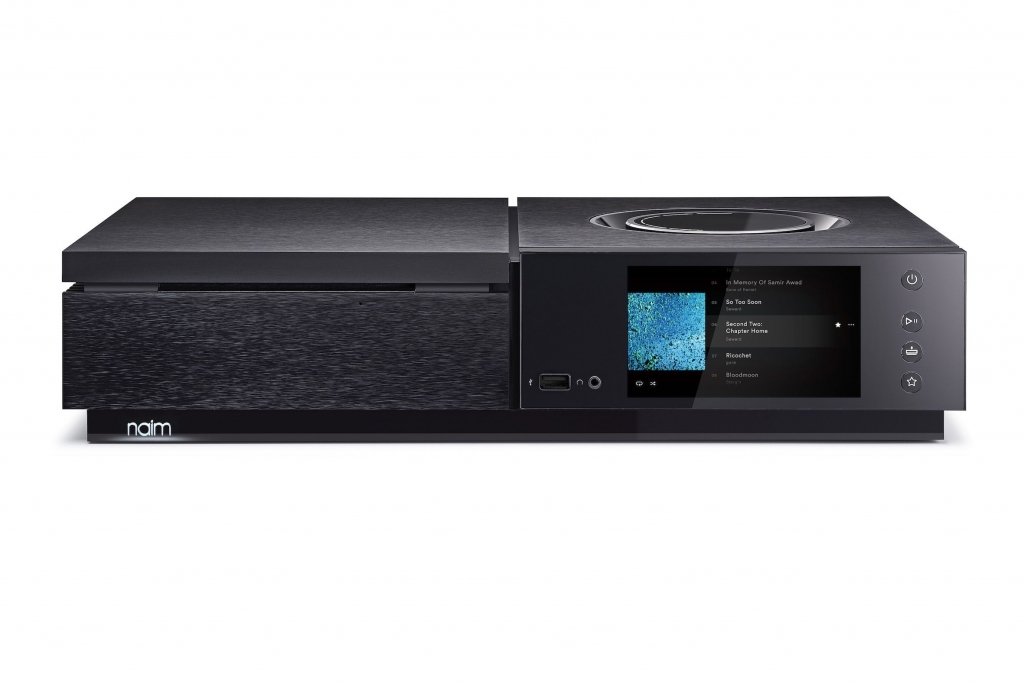
All-in-One Player
All-in-One Players are single boxes, that can contain multiple built-in sound source options (BD, DVD, CD, SACD), amplifier(s) and speaker outputs. Some that handle picture have HDMI outputs ready to connect directly to your television or screen.
Many also contain FM/DAB/DAB+ tuners and the ability to stream from your network/server and popular online services like Spotify and Deezer. Some even offer storage so you can rip your CDs and play them at will from internal hard drives.
Manufacturers like Linn and Naim see this type of player as a great entry point into high-end HiFi - offering fabulous quality and functionality in a small footprint.
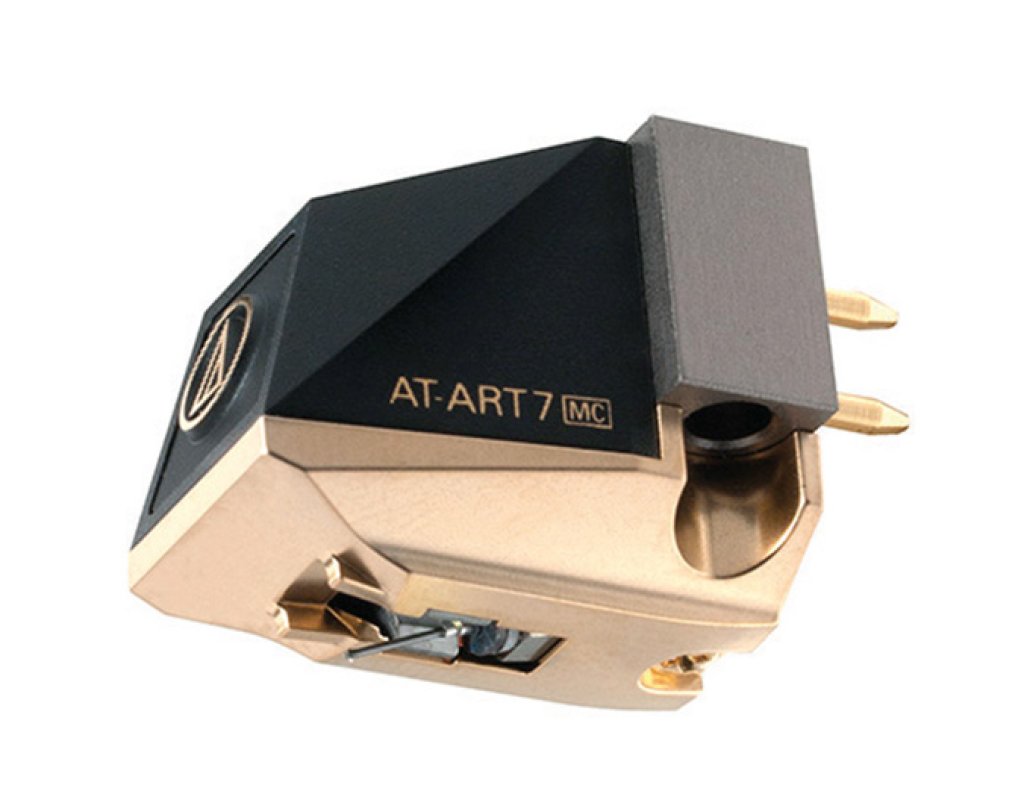
Cartridge
A Cartridge is the small block fitted to the front end of the tonearm that makes contact with the record. It contains the stylus (the 'needle') and the electromagnetic hardware that’s needed to convert the grooves into a signal to send to the Phono Pre-Amplifier.
There are two main types - the ‘moving coil’ (MC), and the 'moving magnet’ (MM).
Moving coil cartridges are considered superior and are therefore generally a little more expensive. The output level of an MC cartridge is a little lower, so check your phono stage has an MC cartridge input. Most audiophiles prefer MC cartridges as they can display better tonality, transparency and imaging. They also tend to create less distortion.
Moving magnet cartridges are usually more affordable and will work with the standard 'turntable' or 'phono' input on your amplifier as their output is higher. They produce a lush, mellow sound and make a great choice for beginners and audiophiles alike. The stylus can be replaced independently on most MM cartridges.
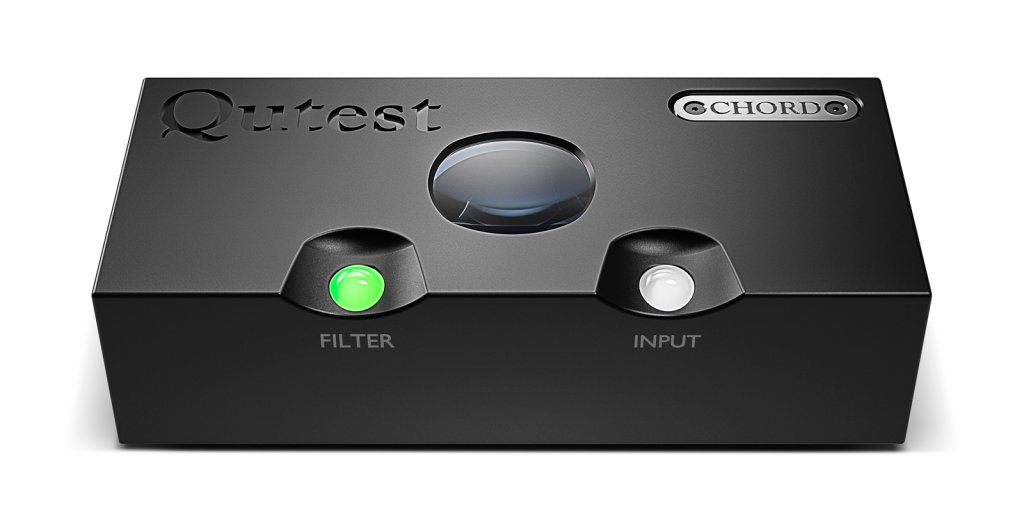
D to A Converter
The sound on a CD, hard disc or streamed from the internet is digital (the ‘D’). The musical information has been converted into 1s and 0s and stored digitally. In order to amplify or hear these sounds, it needs to be converted back to an analogue signal. A D to A Converter (or ‘DAC’) does just that.
The best will be able to convert many file types - from low quality MP3 to high resolution recordings, and offer technology to minimise conversion errors, isolate the signal, and deliver a transparent copy of the digital information.
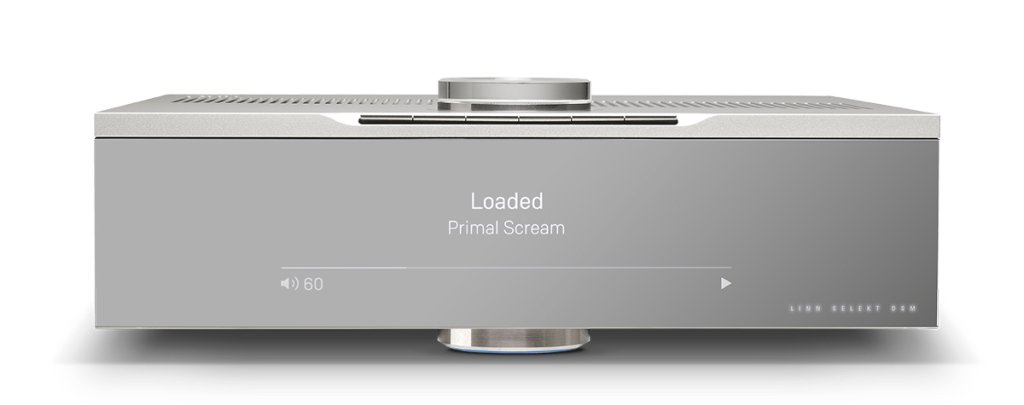
Digital Streamer
A digital streamer is a component that reads media from an internet service (like Tidal, Spotify etc) or a local hard drive/computer or NAS (network attached storage) device. It can either connect wirelessly, or via a standard network ethernet cable.
Depending on your choice of service, you may have access to millions of tracks and many come with their own apps for your phone or tablet to make browsing your libraries a pleasure.
Some streamers even contain amplifiers so you can plug speakers in directly, however with lots of output options (analogue and digital) for the most part you’ll still need to connect your digital streamer to a suitable amplifier and loudspeakers.
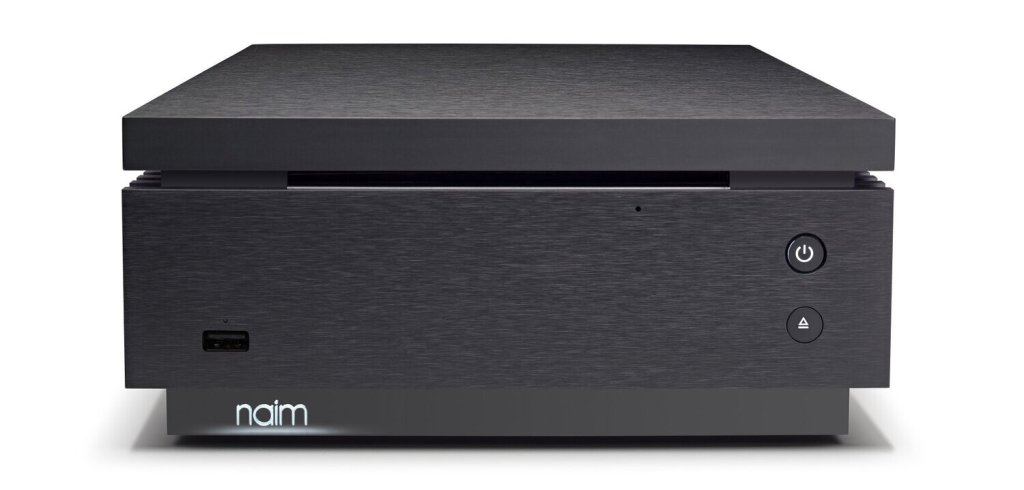
Hard Disc Player / Server
Hard disc players offer you a simple, “one box” solution to accessing your existing library of CDs. These players tend to include a CD drive so that the music can be copied or “ripped” directly onto a hard drive in the device. This often only takes a few minutes, and more sophisticated machines will use incredibly advanced technology to ensure you have a bit-perfect copy of the original material.
Most also then query online databases to automatically download cover artwork and other album and track information.
You may also be able to play other music files (WAV, FLAC, AAC, MP3 and WMA) from connected storage devices.
Once you have your music on the player (or on an attached network storage device) you can then access your music content in seconds - with the added benefits of a great user interface and search features.
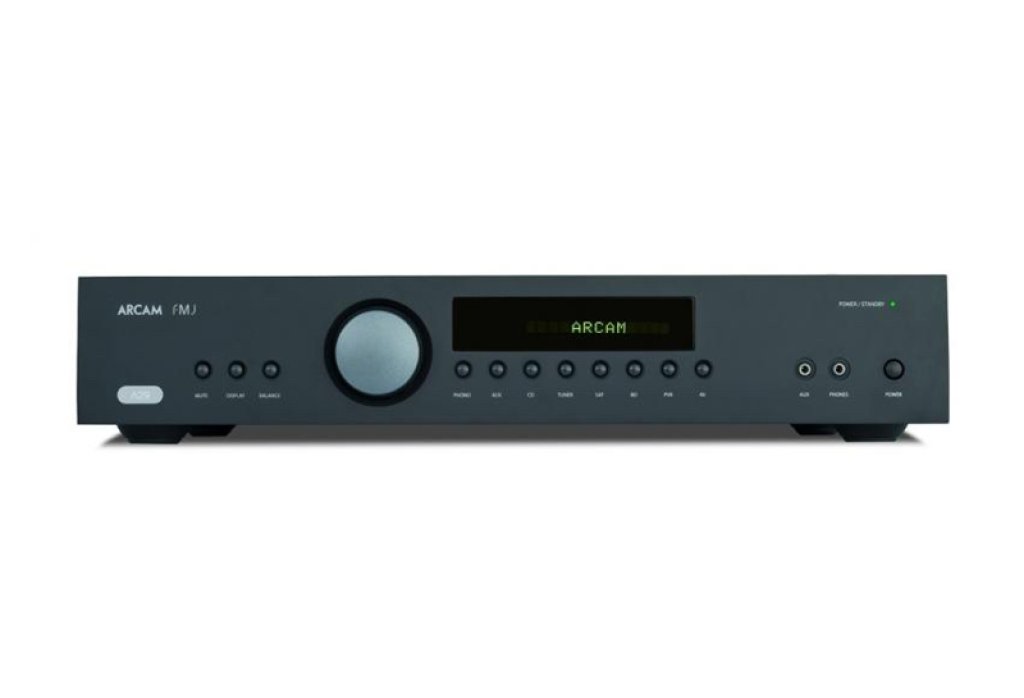
Integrated Amplifier
Integrated amplifiers are the simplest, most affordable way of taking music from a source and amplifying it, ready to send to your speakers.
They contain a power supply, an audio pre-amplifier and a power amplifier in one unit - as opposed to using separate components. They will also have a number of inputs for CD players, DVD players, a turntable and other auxiliary sources.
Although there are some pretty weighty integrated amplifiers out there, in order to get the best from some large speakers you may be better served with separate pre and power amplifiers.
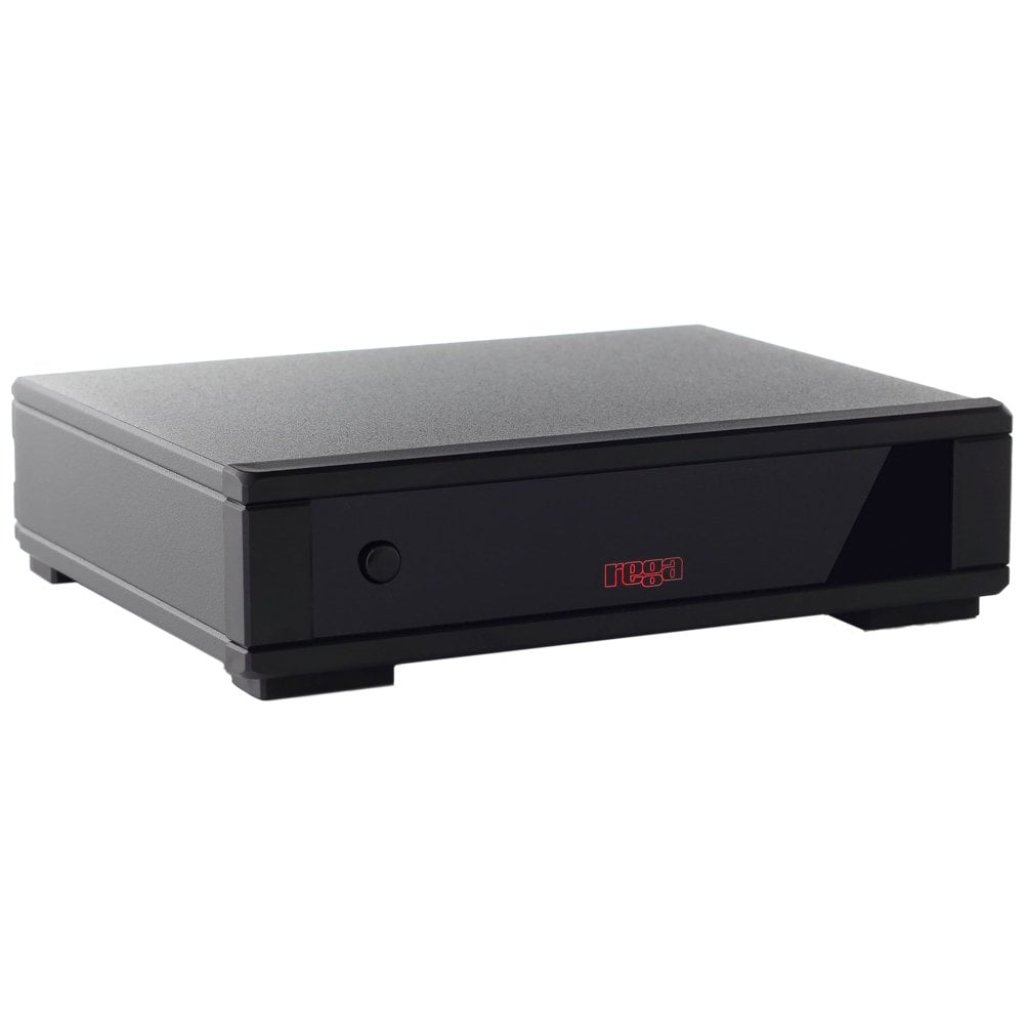
Phono Pre-Amplifier
The voltage output from a phonograph cartridge (turntable) is very weak and needs boosting by a phono pre-amplifier so that the main stage of amplification can be effective. Additionally, a phono pre-amplifier can “reset” the bias in equalisation inherent on records as a result of the manufacturing process.
High end phono pre-amplifiers allow the user to set certain parameters to better work with specific cartridges.
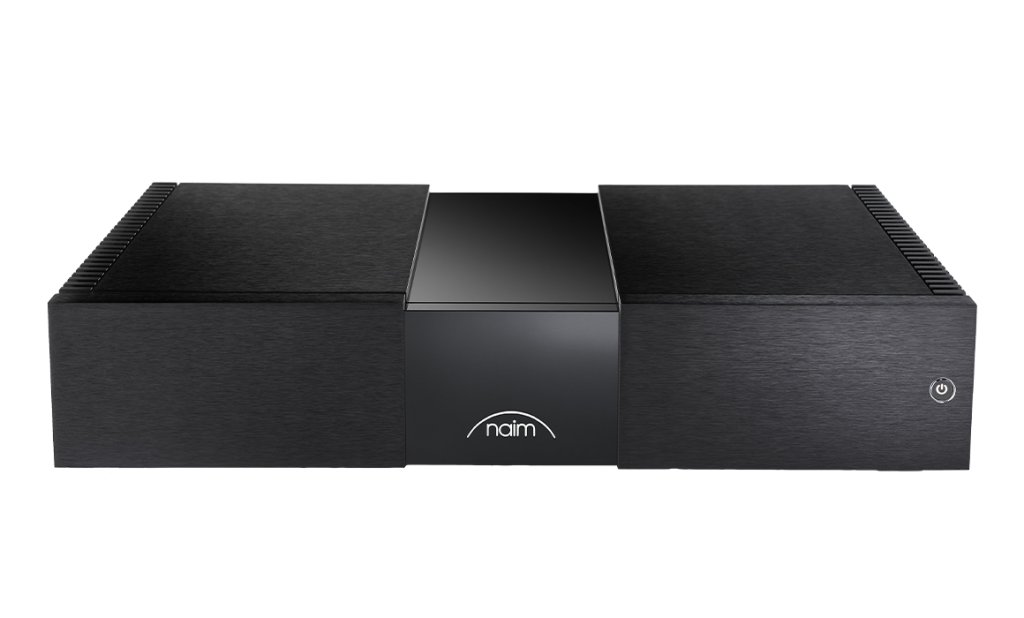
Power Amplifier
A power amplifier is the last step in the chain. It takes the output of the sources - via a preamplifier - and increases the voltages to the level required to power your speakers.
High end systems may use multiple power amplifiers - each driving a separate speaker, or even a specific driver (speaker) within the cabinet.
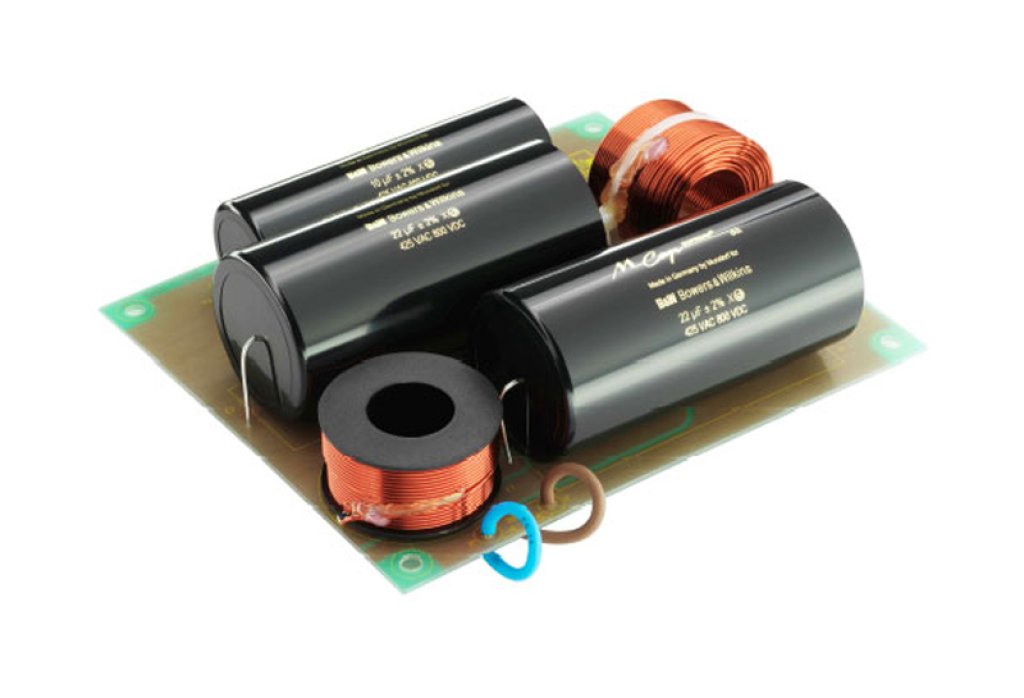
Crossover
A crossover is a component that takes an audio signal, and splits it into a number of frequency bands - commonly low and high, but often a mid-range too. The different drivers and tweeters inside a speaker cabinet are designed to perform best at specific frequencies, so just sending them this information allows them to work more effectively.
An active crossover, is typically one that sits before the final amplification, and a passive crossover splits an already amplified signal.
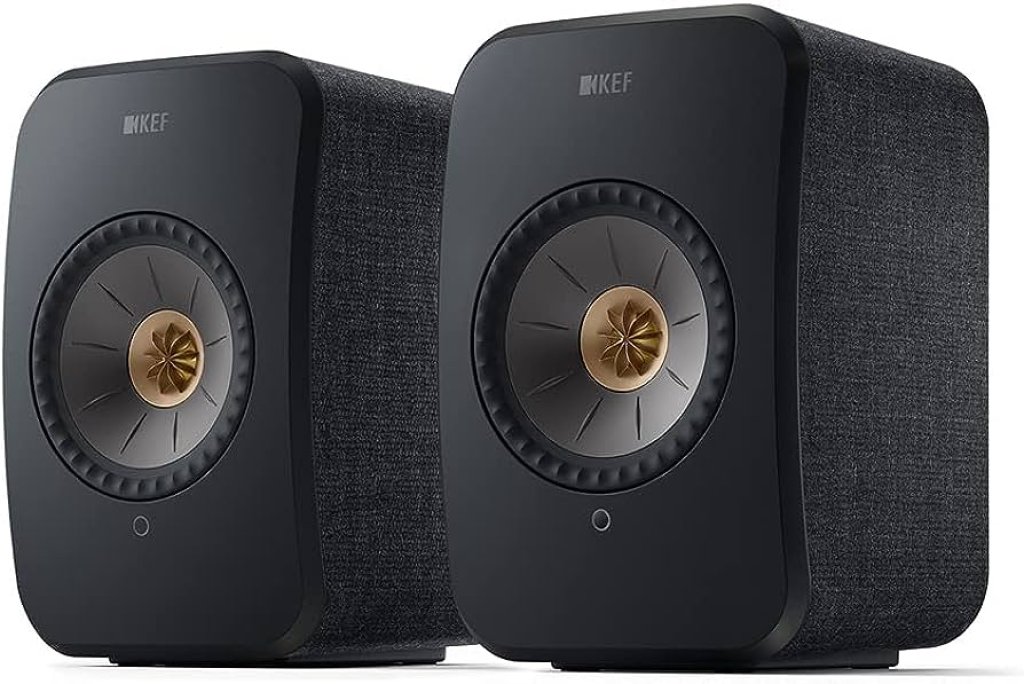
Active vs Passive Speakers
There is often confusion when using these terms - we may be talking about speaker amplification or speaker crossover. “Active” is sometimes used interchangeably with “powered”, and “passive” with “unpowered”. Let’s try and clarify things.
In an active speaker, the word active tends to refer to the crossover component. This is some electronics that splits the incoming audio signal into a number of smaller parts - typically low and high frequencies, but sometimes mid-range too. These signals are then sent to individual speakers within the cabinet that are designed to handle these frequencies.
Where there are crossovers and amplifiers for each driver within the cabinet, these speakers do not require external amplification, and are therefore “active” and “powered”.
Passive speakers by contrast do not contain amplification, so need an external amplifier to power them. Some argue that although there are some very high quality passive crossovers within passive speakers out there, given they are operating with the amplified signal, they may dissipate heat and reduce the performance of the amplifier.
Powered speakers are where it gets confusing - as they may contain an amplifier, but a passive crossover (after the amplification). A powered speaker may also contain an active crossover - the signal is split before being sent to multiple internal amplifiers.
Subwoofers are typically active, powered speakers, as they need a large amount of power to achieve the weight and depth of sound required - and are only receiving the low frequency signal from your AV amplifier.
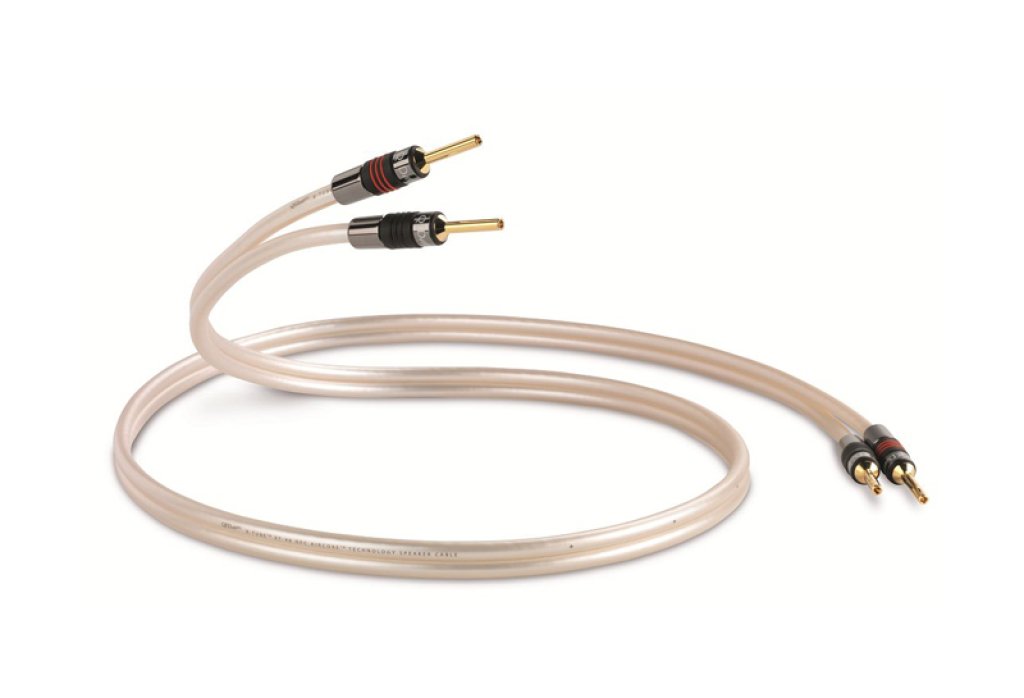
Interconnects
Interconnects are cables that connect your components up until the amplification stage. These can be digital (coaxial or optical) or analogue (RCA or XLR) depending on the components being connected. Some manufacturers even produce their own proprietary connection cables.
Choosing the right interconnects will improve the overall sound of a HiFi system.
 Read our recent Google Reviews ›
Read our recent Google Reviews ›
We pride ourselves on our fantastic customer service. Leave us a review!